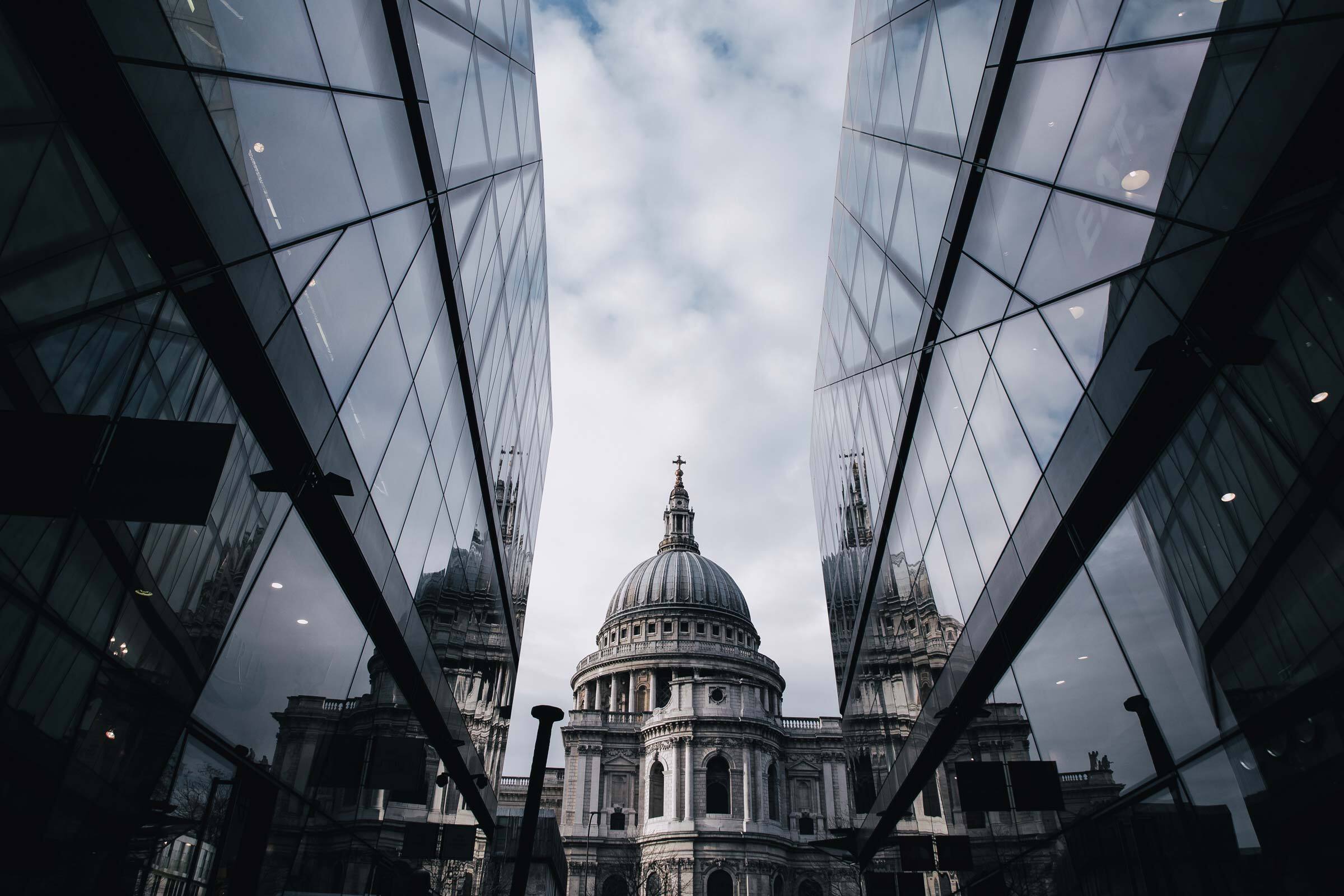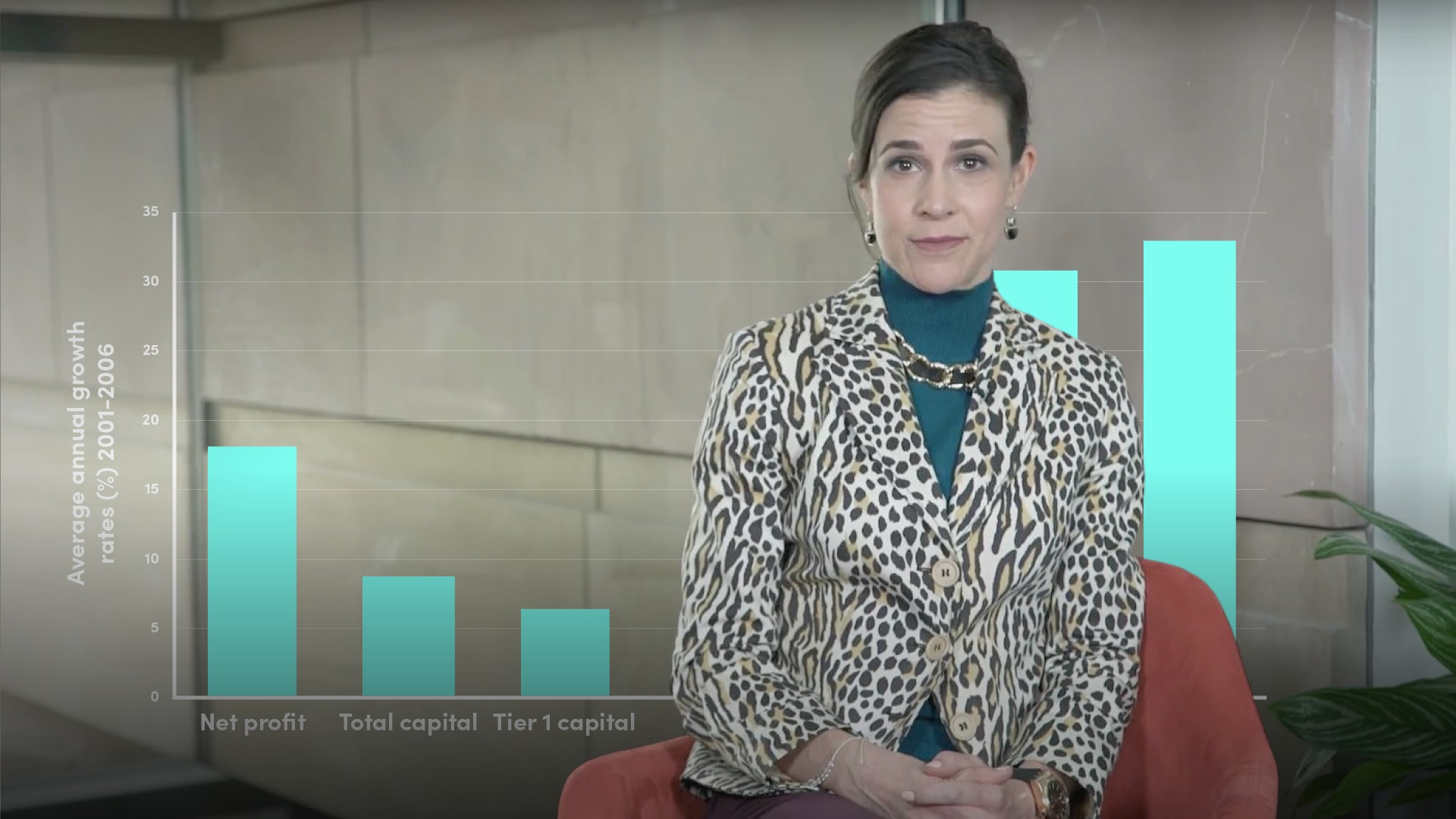
Level 1 and Level 2 Assets (LCR)
Following the Global Financial Crisis, the Basel Committee on Banking Supervision drafted a range of banking standards to protect the financial system. These have been rolled out by regulators worldwide. One of these standards is the Liquidity Coverage Ratio (LCR), whose aim is to underpin the resilience in the short term of a bank’s liquidity risk profile. Under the LCR, banks are required to maintain a stock of unencumbered high quality liquid assets (HQLA) that can be converted into cash at little or no loss of value in private markets to meet their liquidity needs for 30 days under a stressed scenario. The LCR – HQLA stock divided by modelled net outflows over 30 days – must equal 100% of more. HQLA are divided into Level 1 and Level 2 assets. Level 1 assets – the highest quality – include cash, central bank reserves and securities backed by sovereign and central banks. There is no limit to the amount of Level 1 assets a bank can hold to meet its LCR. Level 2 assets are further split into 2A and 2B. Level 2A include certain government securities, covered bonds and highly-rated corporate debt securities. Level 2B assets include lower-rated corporate bonds, residential mortgage-backed securities and equities that meet certain conditions. Level 2 assets can not account for more than 40% of a bank’s HQLA stack. Level 2B assets may not account for more than 15% of a bank’s total stock of HQLA


